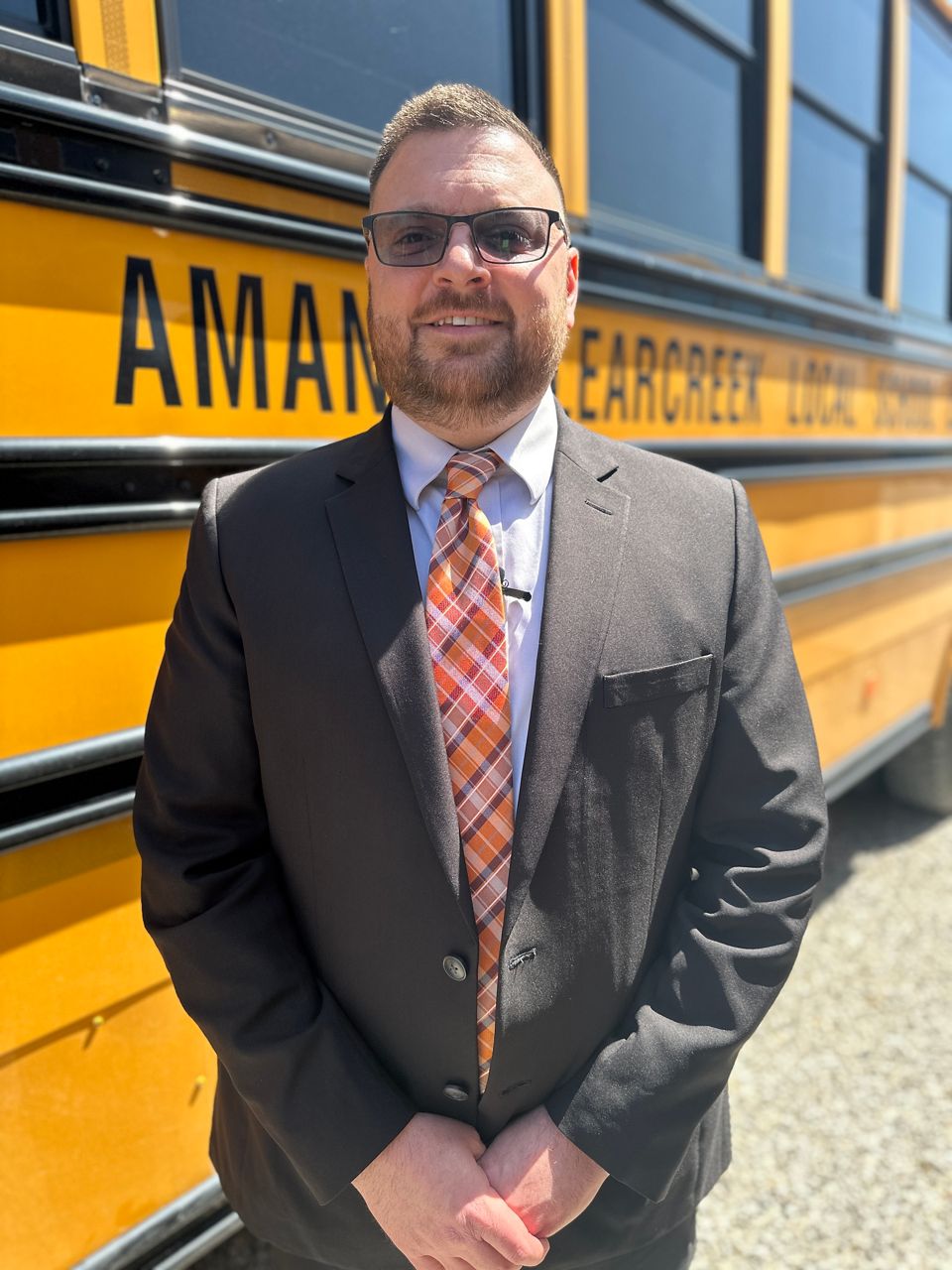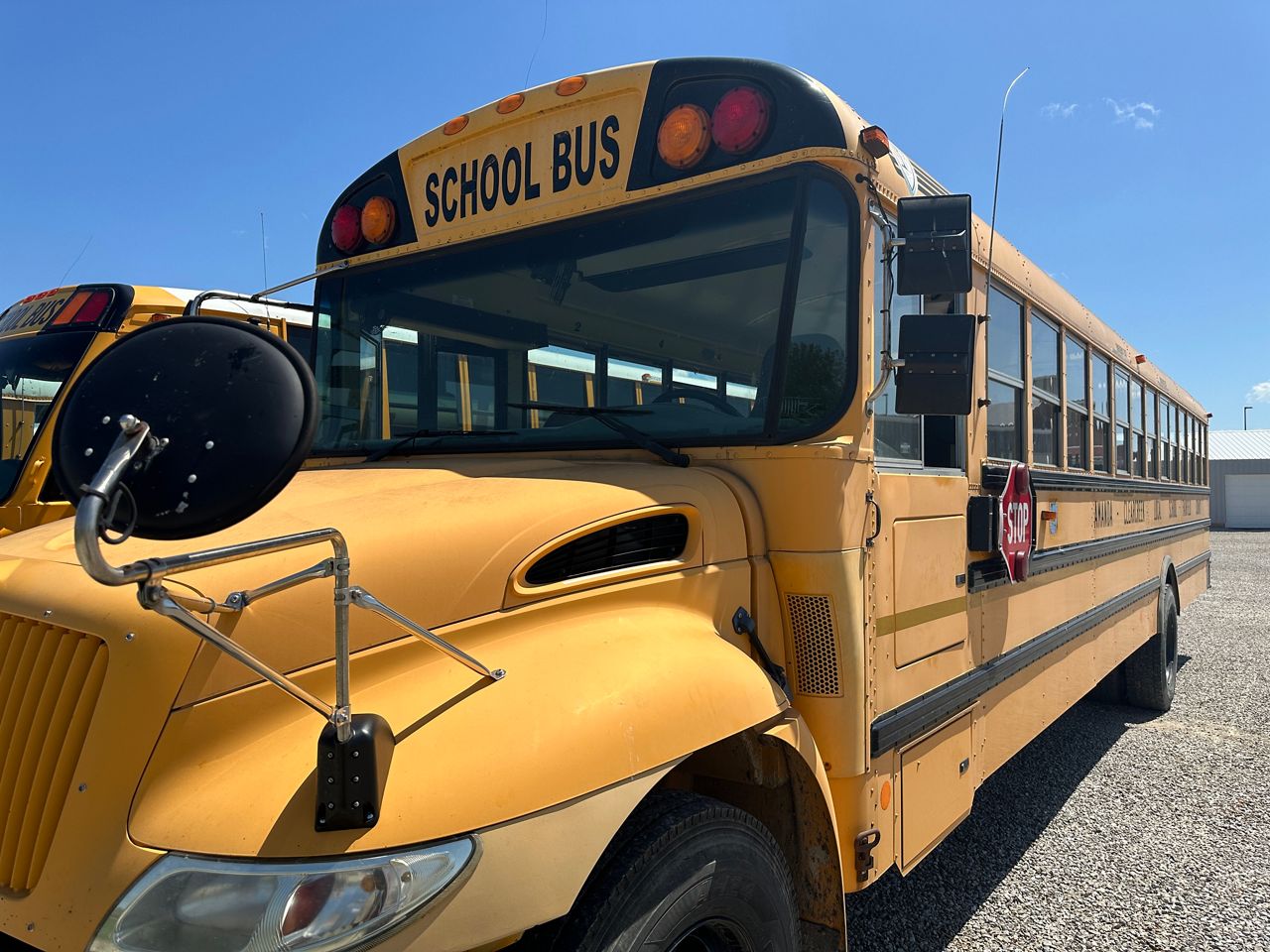OHIO — Big yellow school buses are some of the most recognized vehicles on the road, but are some of the most polluting as well.
According to the EPA, the diesel exhaust from these buses negatively impacts human health, especially children whose lungs aren’t fully developed.
“Diesel exhaust is a known carcinogen and a known trigger for asthma,” said Kindra Weid, a volunteer with Mom’s Clean Air Force.
Mom’s Clean Air Force advocates for cleaner air nationwide. The nonprofit praised the EPA for their new Clean School Bus program, which aims to replace diesel school buses with electric and low-emission models. With funding from the Bipartisan Infrastructure Law, $5 billion will be distributed over five years to school districts nationwide who receive the grant.
This year, 389 school districts are receiving about 2,400 school buses, according to the EPA. Six of those districts are in Ohio:
- Amanda Clearcreek Local School
- Bradford Exempted Village School District
- Eastern Local School District
- Madison-Plains Local School District
- Toledo Public Schools
- Zenith Academy West
“The goal of the program was to replace diesel buses, the old the oldest and dirtiest first, and prioritize districts that had rural routes, tribal routes, and low income, a high percentage of low-income students to transition, give them the funding to transition these older diesel buses with clean electric buses, or also alternative fuel buses, which are considered cleaner,” Weid said. “They were propane and compressed natural gas or CNG.”

Timothy Edwards is the superintendent of Amanda-Clearcreek School District, a small, rural district in the state. They’re receiving two electric buses.
While new buses must meet EPA’s tougher emission standards, many older school buses continue to emit harmful diesel exhaust. According to Mom’s Clean Air Force, there are roughly 16,000 diesel buses in Ohio. Compared to diesel trucks, which mainly travel on highways, buses often travel through residential areas. Edwards said his buses travel on average 100 miles a day.
The EPA said one of the easiest ways to reduce school bus emissions and save money is to reduce idling. They said another effective method is to replace the oldest school buses in the fleet. The EPA hopes replacing the oldest and dirtiest buses delivers cleaner air for Ohio’s communities.
“The air will be cleaner for our students but also, you know, the noise factor whenever the students are riding the bus as well,” Edwards said. “So talking about it with the Transportation Director, there's a few bus drivers that are excited to possibly have the opportunity to drive these buses as compared to the diesel buses.”

To Edwards, the program is a low-risk investment that he said will save his district money.
“We’re estimated to save about $47,000 a year between the two buses for maintenance and fuel cost,” Edwards said. “Essentially, whenever we did the analysis, a large portion of it was a financial decision.”
Switching diesel buses to electric buses is one piece to a large puzzle, but Weid said it’s an impactful piece.
“I firmly believe that every action, no matter how little, will help,” Weid said. “This will be something that will benefit our children, their children and air quality for generations to come.”
She said any action to prevent climate change in the U.S. should be a focus, especially when actions offer an immediate benefit to human health.
“Kids deserve a clean ride to school period,” Weid said.
The second round of EPA funding is open for districts to apply for through a competitive grant process. Districts have until Aug. 22 of this year to submit their application. For more information visit here.



